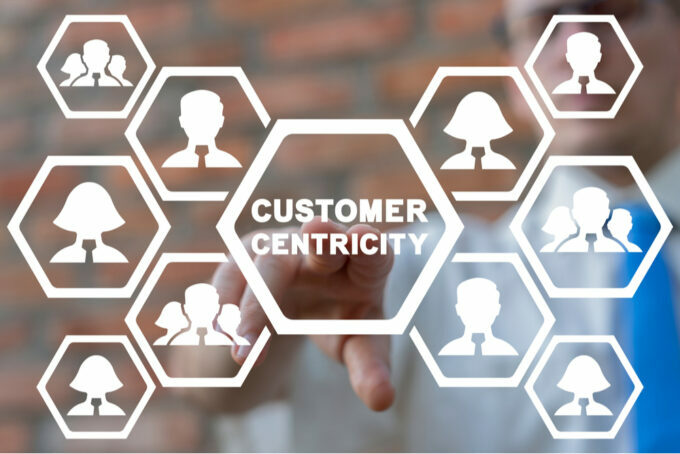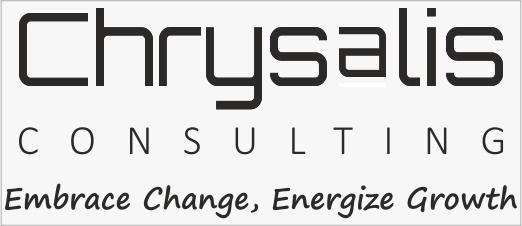
- • At a first glance, the term may seem confusing because customer is always the primary target of any business. Customer Centric Marketing however goes much beyond the obvious and adds much more to value to a customer’s experience by understanding the simple fact that there’s no one size fits all or an average or general consumer
- • Customer-centric marketing is all about putting your customers first. Because customers are hard to reach and costly to acquire. Customer centric approach shifts your focus from just pushing products or services to delivering value and exceptional experiences by understanding and meeting customers' unique needs.It builds trust, fosters loyalty, and keeps customers coming back for more—fueling your business's success in the long run
- • It's not just about selling; it's about centralizing your growth strategy around the needs of your customers by providing positive customer experience before and after sale to drive repeat business, enhance customer loyalty and improve business growth.
- • Data suggests that over 50% of the startups or new businesses fail due lack of product-market fit or or not having the right product to address customer needs.
Challenges that companies face which Customer Centricity helps in addressing
Key Principles of Customer Centricity
- 1. Understanding your Customers
• Understanding customer needs, purchase behaviour through data and identifying improvements through real-time customer feedback
• Anticipating and prioritizing customer needs
- 2. Customer Data & Personalisation – Is about moving away from a one size fits all approach to a personalised curated offering and communication to Customer Cohorts
Every Customer is unique and personalisation by combining customer data (which is one of the biggest assets of any company) with CRM tools and analytic to understand customer needs, purchase behaviour preferences, online browsing behaviour, competitors offerings and customising your offering and communication to gain a competitive edge and build your own distinctive image and offering and story
- 3. Building a Feedback mechanism in your customer support platform
- 4. Creating customized content to address the unique needs of your customers at different stages of their lifecycle and solve their problems
- 5. Creating a satisfying pre and post purchase customer experience
- 6. Customer LifeCycle Management ( CLM) and Customer Lifecycle Value ( CLV)
- 7. CLM or a funnel strategy is the process of creating and customising your marketing and communication messages content, and interactions tailored to different stages of the customer’s lifecycle. This is done by tracking and analyzing customer behaviour at each stage of this customer lifecycle, assigning metrics to each step and measuring the success of your business based on those metrics.Rather than focusing only on sales, it considers the entire 360-degree customer journey and attempts to nurture relationships and build better brand experiences.
- 8. CLV - For customer centric companies, their most valuable asset is their customer base and investing in a long term relationship with the customer you can calculate the health of the customer with the lifetime value – a crucial metric that helps you measure the revenue potential of each customer.
CUSTOMER RELATIONSHIP MANAGEMENT : A tool to transform your Customer Acquisition and Retention Plan
- 1. Centralized Database: CRM tools store all customer data in a centralized database, making it easy to access the information you need for follow-up.
This eliminates the manual effort of searching through fragmented sources and enables businesses to act quickly on any changes.
- 2. Organized Data Tracking: CRM tools track customer interactions, from initial contact to conversion.It gives businesses a comprehensive view of the lead journey and enables them to make better decisions about future follow-up efforts.
- 3. Integrations: CRM systems can be integrated with third-party apps like email marketing platforms and social media networks.Hence, companies can broadcast and connect with customers through follow-up messages across multiple channels.
- 4. When AI and CRM tools work hand in hand, they create a supercharged follow-up machine.
CRM is like the heart, pumping vital customer information to all parts of your business, while AI is the brain, analyzing the data, making predictions, and informing strategies.
Together, they ensure your follow-up efforts are not just consistent but also intelligent and tailored to meet your customers’ needs

